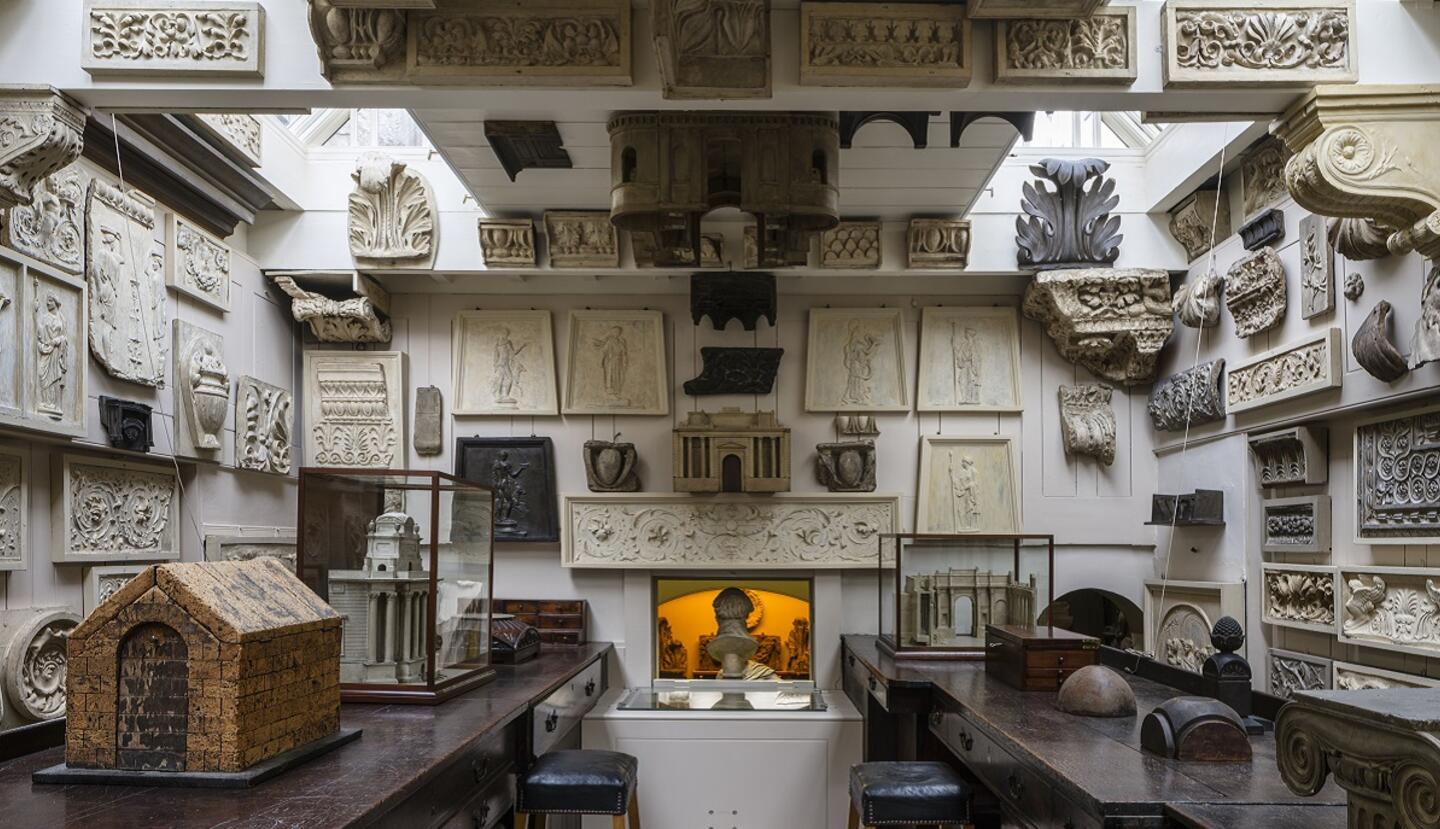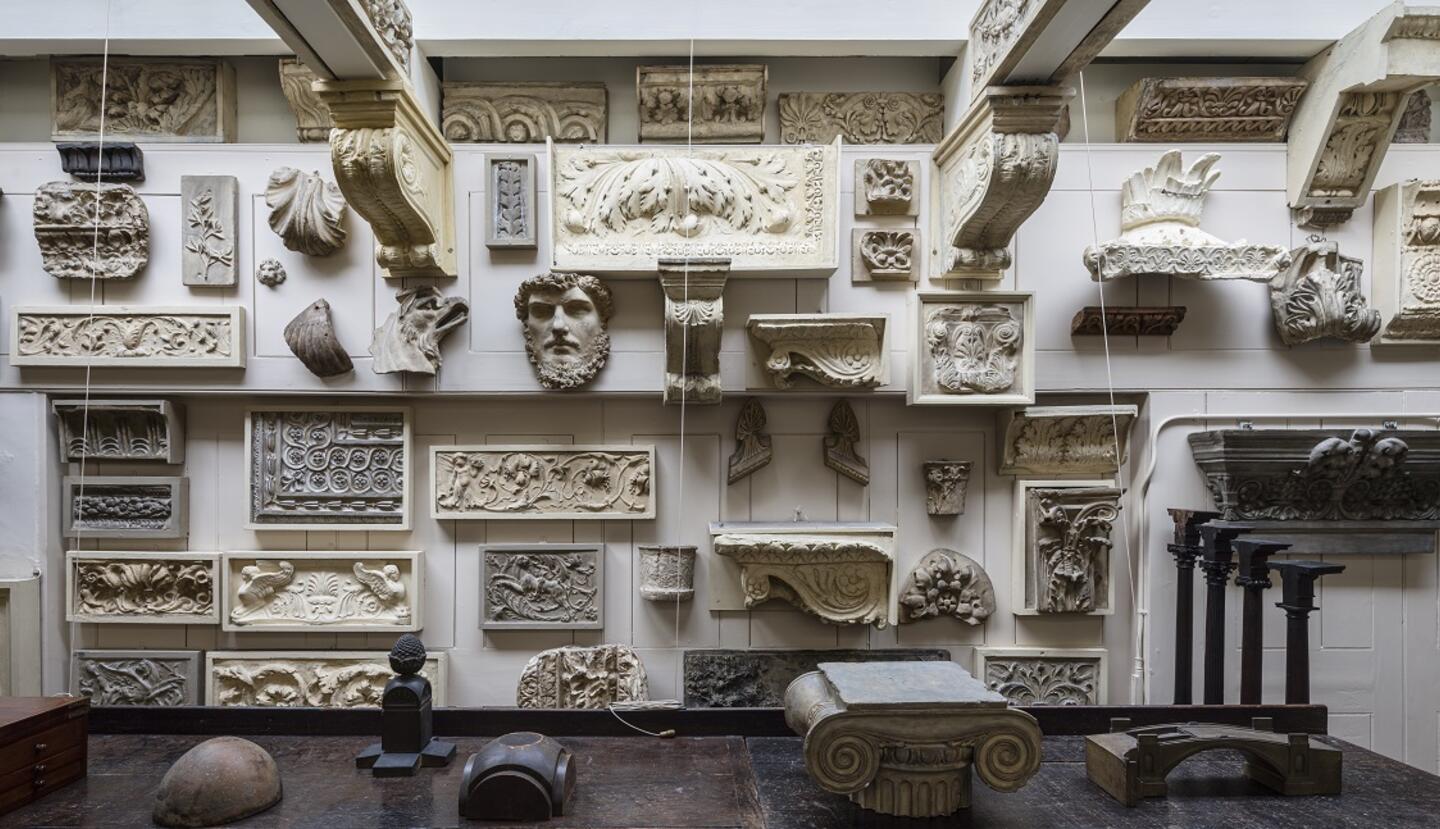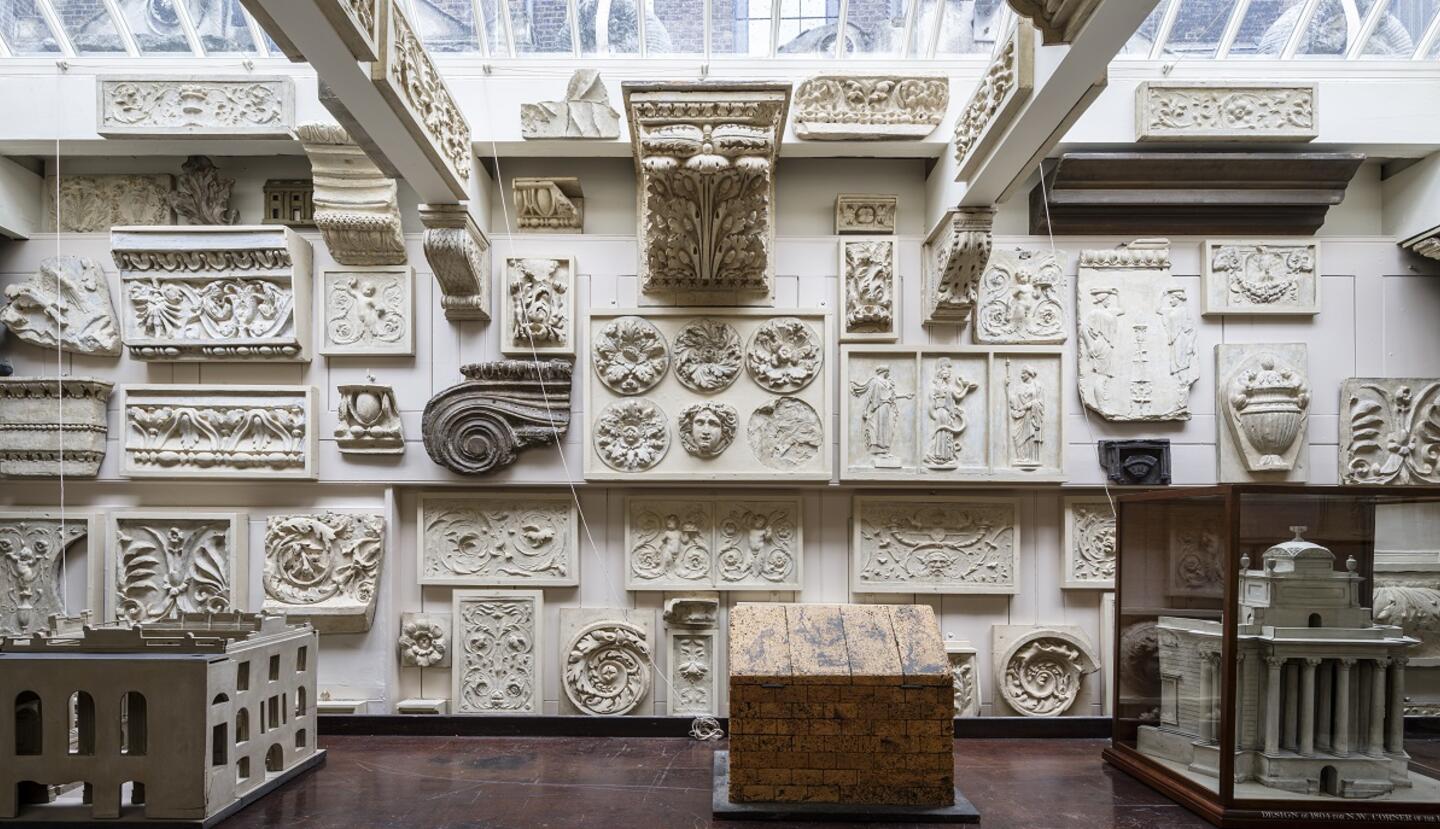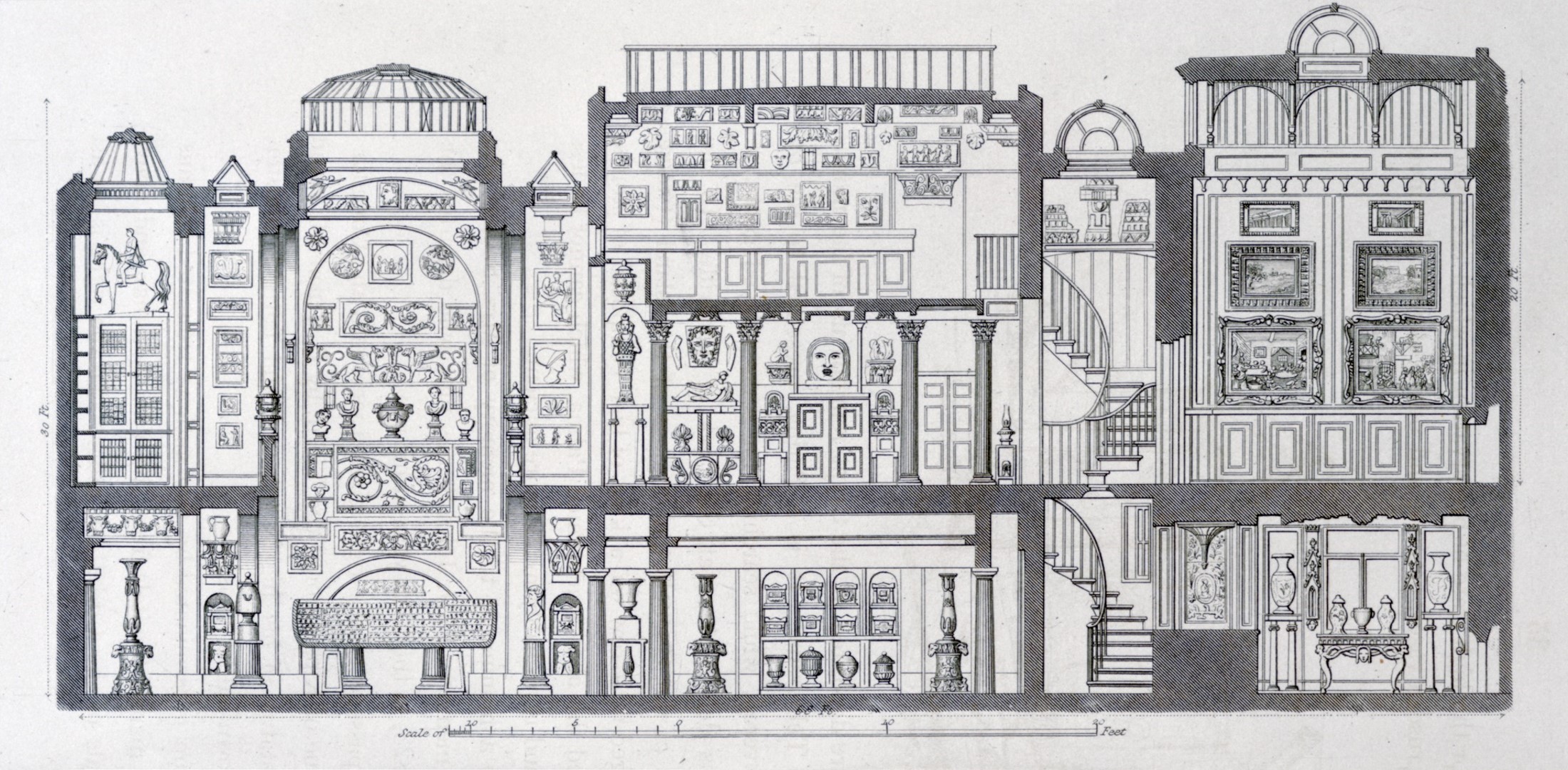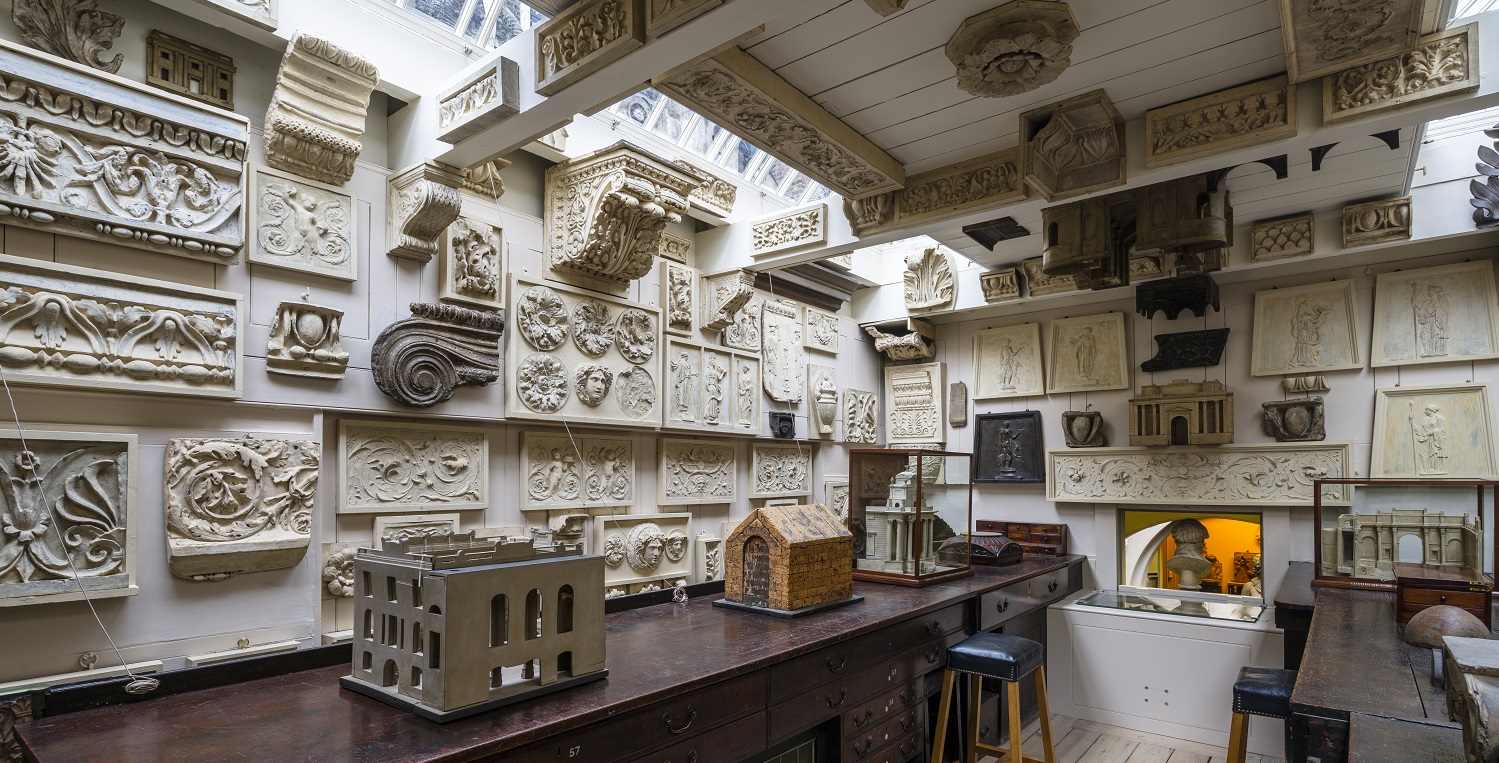The Drawing Office was once the heart of Sir John Soane’s architectural practice.
Soane started his own practice in 1780 – working from home. He took his first architectural pupil, John Sanders, in 1784, which was also the year that Soane married his wife, Eliza. From 1786 onwards, he took further pupils and employed more senior clerks and assistants.
At its peak of productivity, six pupils worked in the Drawing Office, twelve hours a day, six days a week. The final pupil joined the office in 1824 and the last employee in 1829. Soane retired from practice in 1833 – he retained two assistants, talented draughtsmen George Bailey and Charles James Richardson, until the time of his death in 1837.
